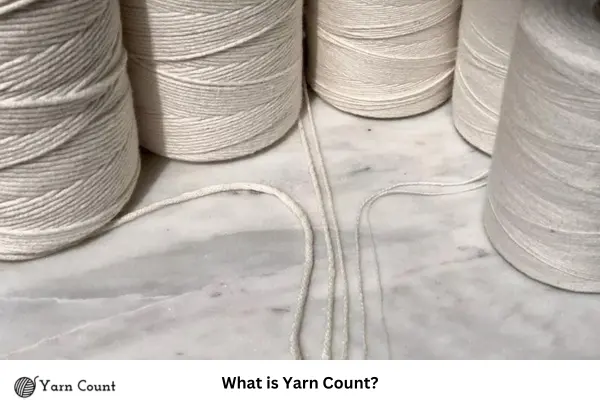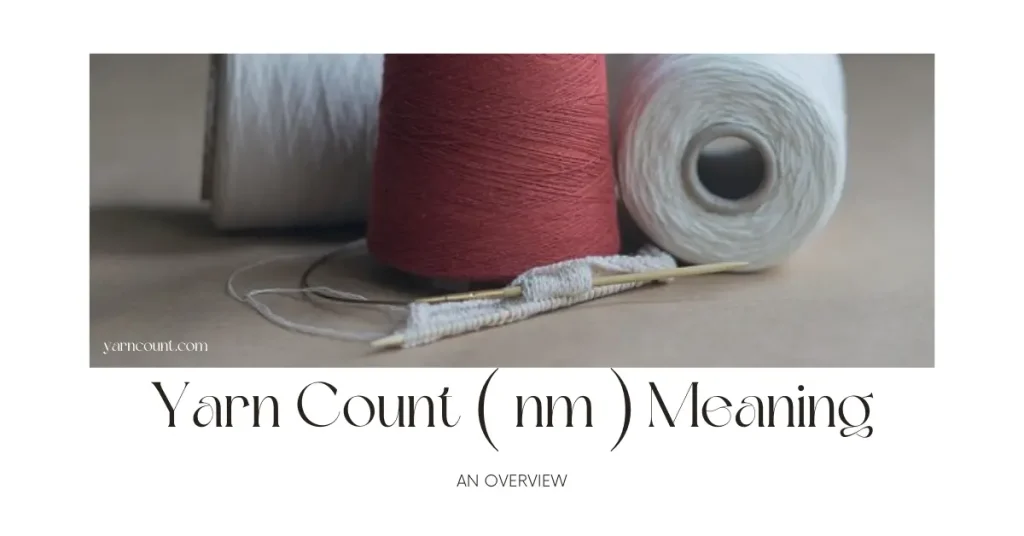Yarn count is a significant factor in defining fabric properties since it affects the texture, weight, and overall appearance of the material. The Nm value is defined as the number of 1,000 meters (or kilometers) of yarn weighing one kilogram. It defines a standard way to express yarn’s linear density.
What is Yarn Count (nm)?
Yarn count (nm) refers to the number metric that is used in the textile industry to figure out the linear density of the yarn. It represents the yarn length in meters per unit weight in grams. The yarn count measure, indicated by ‘Nm,’ is widely used in Europe and Asia, particularly in the industrial yarn sector.

You find it by dividing the length of the yarn in meters (L) by the yarn’s weight in grams (G). It tells us how much length we get for each gram of yarn. This metric is often used to talk about how fine or thick wool yarn and certain types of chemical fibers are.
How to Find out Yarn Count in NM Measurement of any Yarn?
The new metric count (Nm) describes the length of yarn in meters for one gram of yarn or kilometers for one kilogram of yarn. An increase in Nm indicates finer yarn. This measure is widely used to indicate the count of cotton and, sometimes, flax yarn.
It is simple to find out nm. In that case, a suitable length of yarn is required to measure its length in meters and its weight in grams. Now follow the given formula:

Conclusion
The yarn count (nm) value is significant for textile manufacturers, designers, and other industry professionals since it has a direct impact on the fabric’s and end-product qualities. It gives you more control over the yarn’s qualities and, as a result, the finished textile.


